Explanation
Piagolgyegok Valley is located in Jirisan Mountain between Nogodan and Banyabong Peaks. The name of the valley comes from the crimson red maple leaves that fill the valley in fall. It is also one of the ten most beautiful highlights of Jirisan Mountain. The valley is famous for its fall colors, but it is also a beautiful place to visit all year around, from azaleas in spring to snow-covered rocks in winter.
Near the entrance to Piagolgyegok Valley is the largest temple in Jirisan Mountain, Yeongoksa Temple, and national treasures. The valley is not steep, providing an easy walk for all visitors. The trail stretches 6 kilometers from the ticket booth, and passes many beautiful places like Yeonjudam and Samhongso Pond. At the end of the valley, the trail continues another 2 kilometers up a steep hillside to reach Imgeollyeong Pass.
Inquiry
+82-61-780-7700
Homepage
Information Use
Contact and Information : +82-61-780-7700
Parking facilities : Available
Hours : Sunrise - 2 hours before sunset (Strict ascent time limit applies to select areas)
More information
Mountain Not Access Period
Mountain access is restricted during spring & fall.
* Period is subject to change depending on weather conditions. Refer to the website before visiting.
* Inquiries: +82-63-625-8911, +82-63-625-8912
Available Facilities
Piagol shelter
Parking Fees
[Parking lot (varies by time) / Parking lot operated by parking control facility]
- First hour: Light-weight cars 500 won / Mid-sizedㆍSmall cars 1,100 won / Large vehicles 2,000 won
- Additional 10 minutes: Light-weight cars 100 won / Mid-sizedㆍSmall cars 250-300 won / Large vehicles 400-500 won
[Fixed Fare]
2,000 won for Light-weight car
4,000-5,000 won for Mid-sizedㆍSmall car
6,000-7,500 won for Large car
Admission Fees
Apply to Cultural Assets
Restrooms
Available
Location
Piagol-ro, Gurye-gun, Jeollanam-do
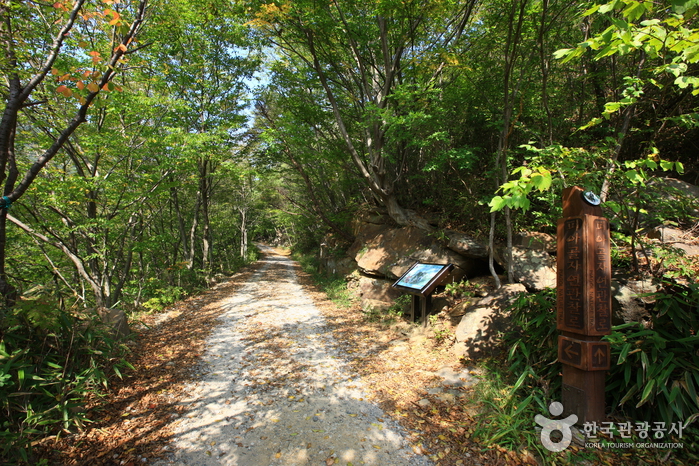
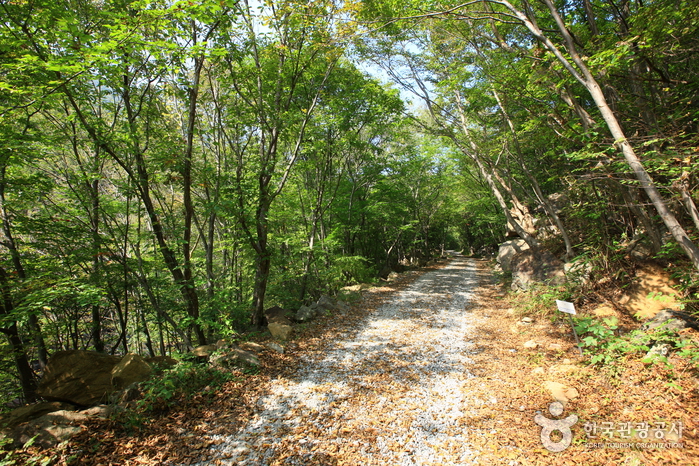
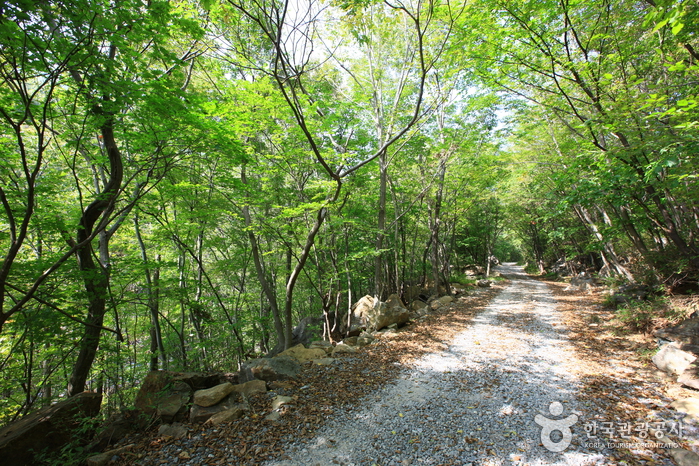
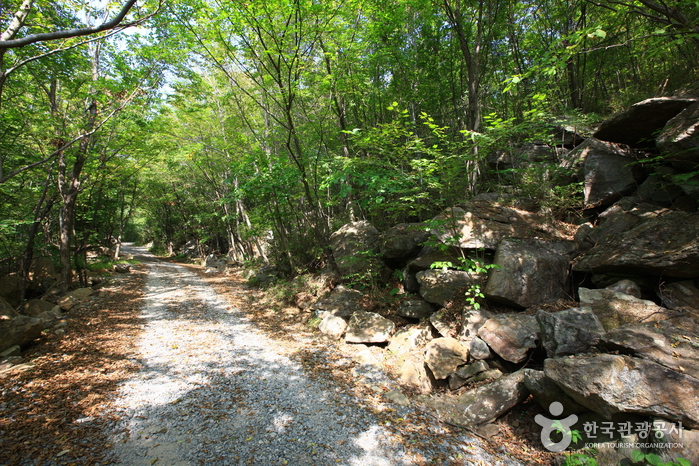
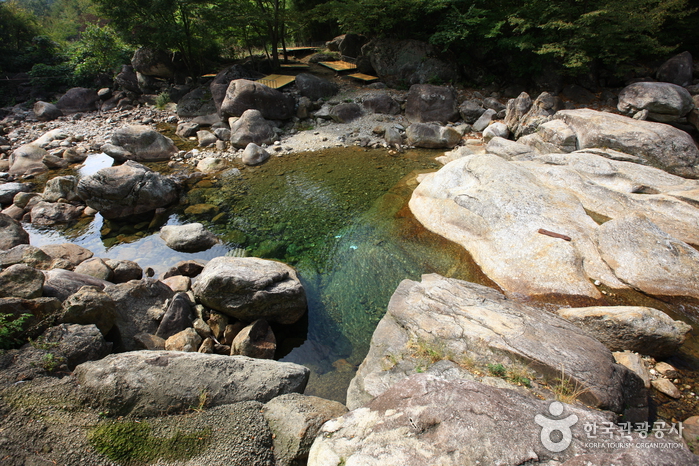

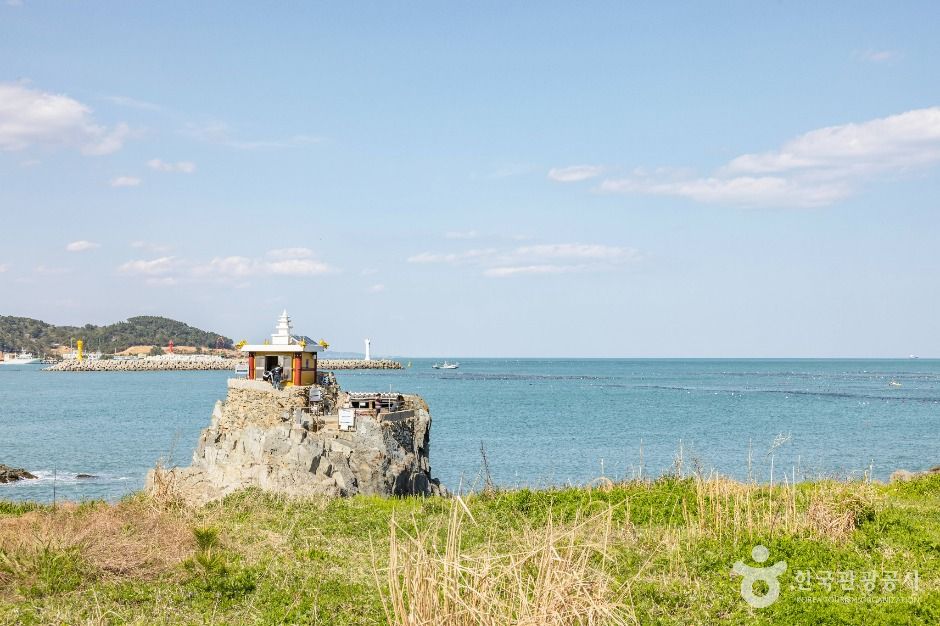
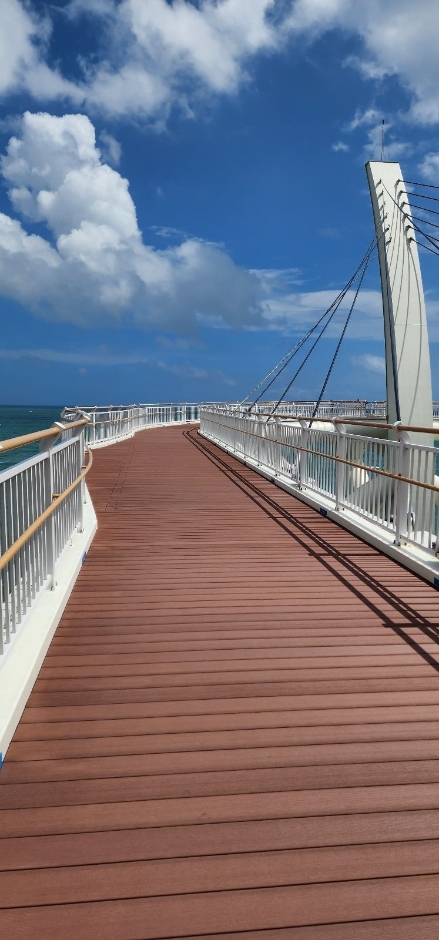
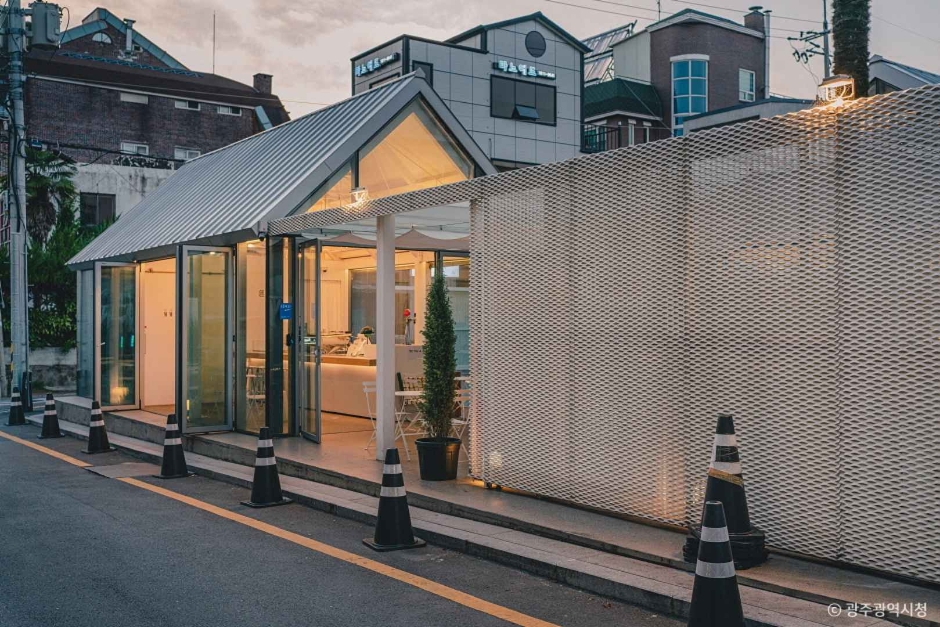
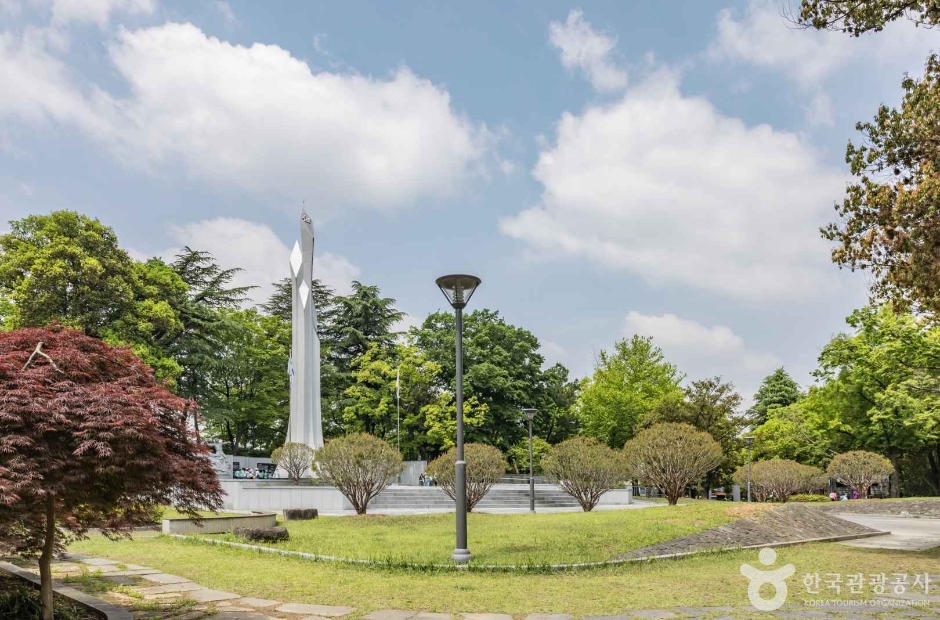
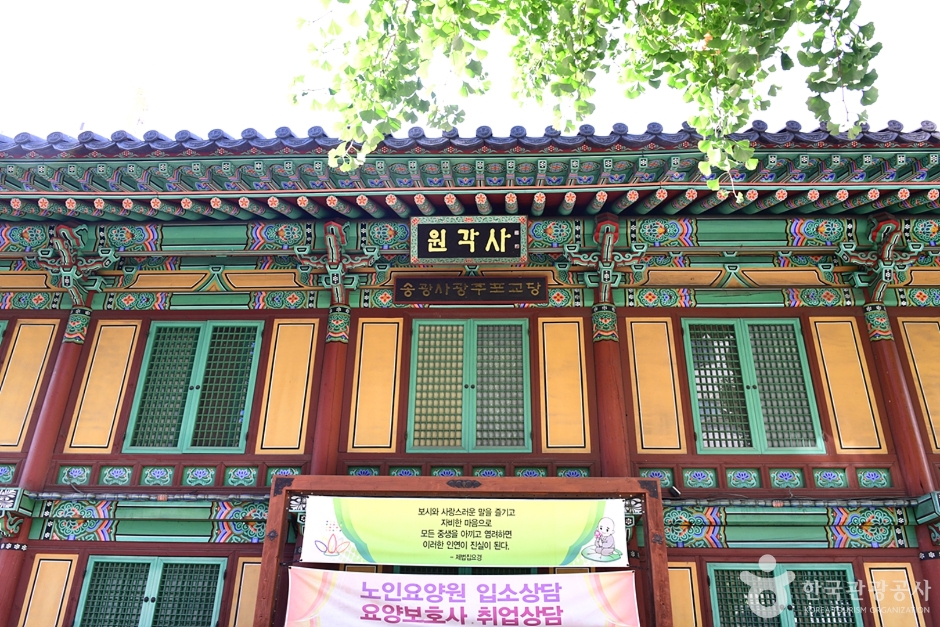
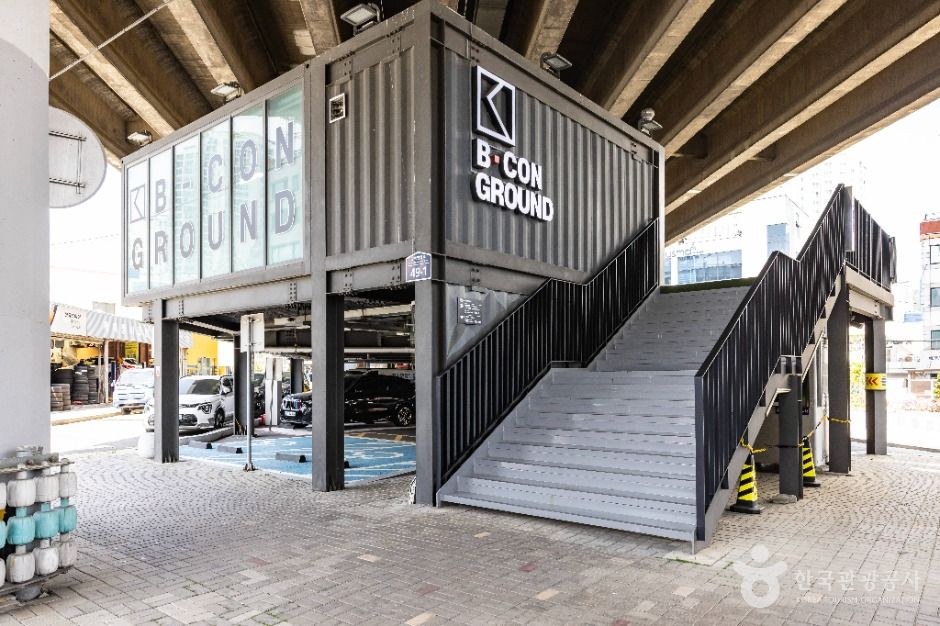

 English
English
 한국어
한국어 日本語
日本語 中文(简体)
中文(简体) Deutsch
Deutsch Français
Français Español
Español Русский
Русский